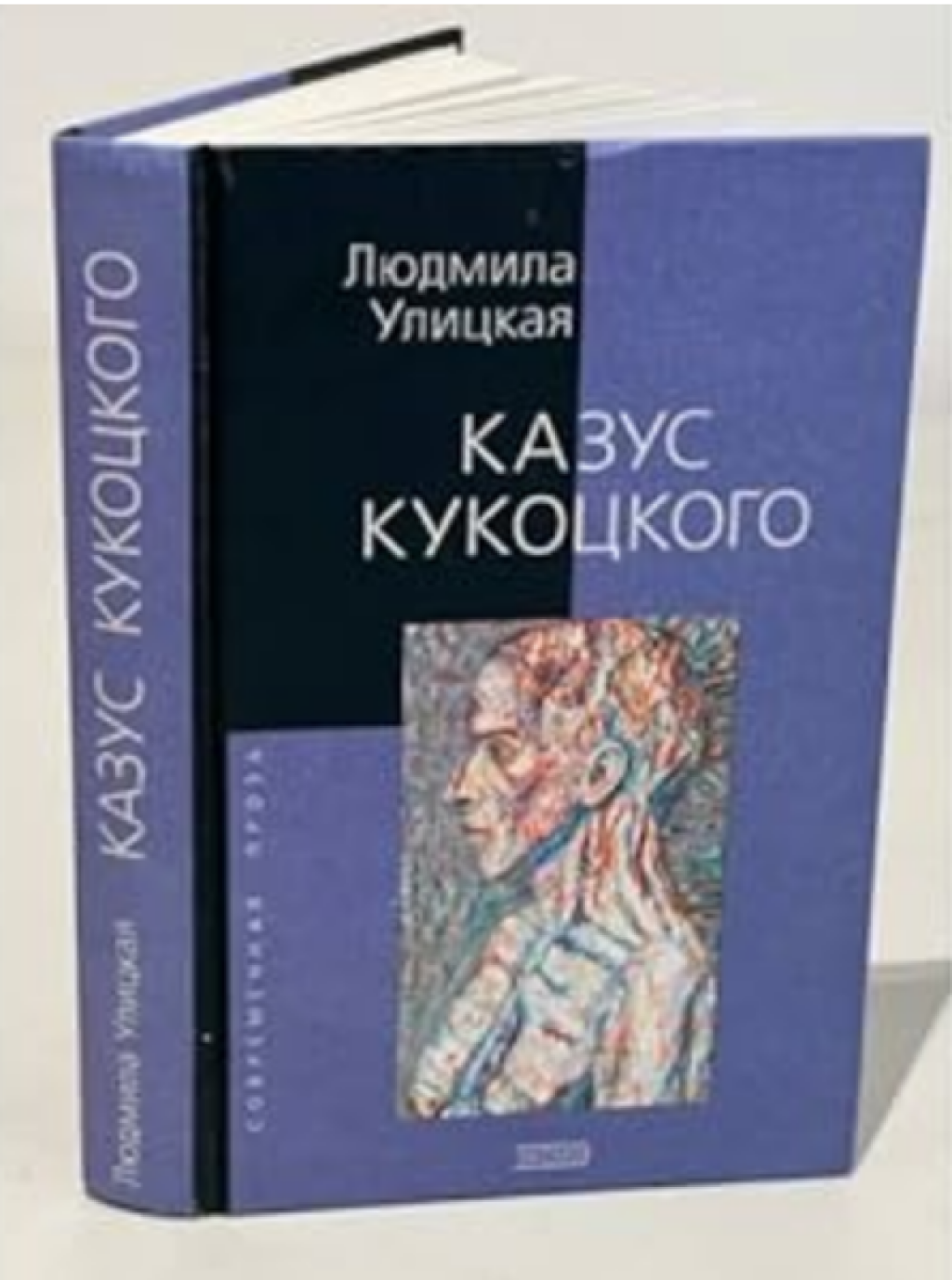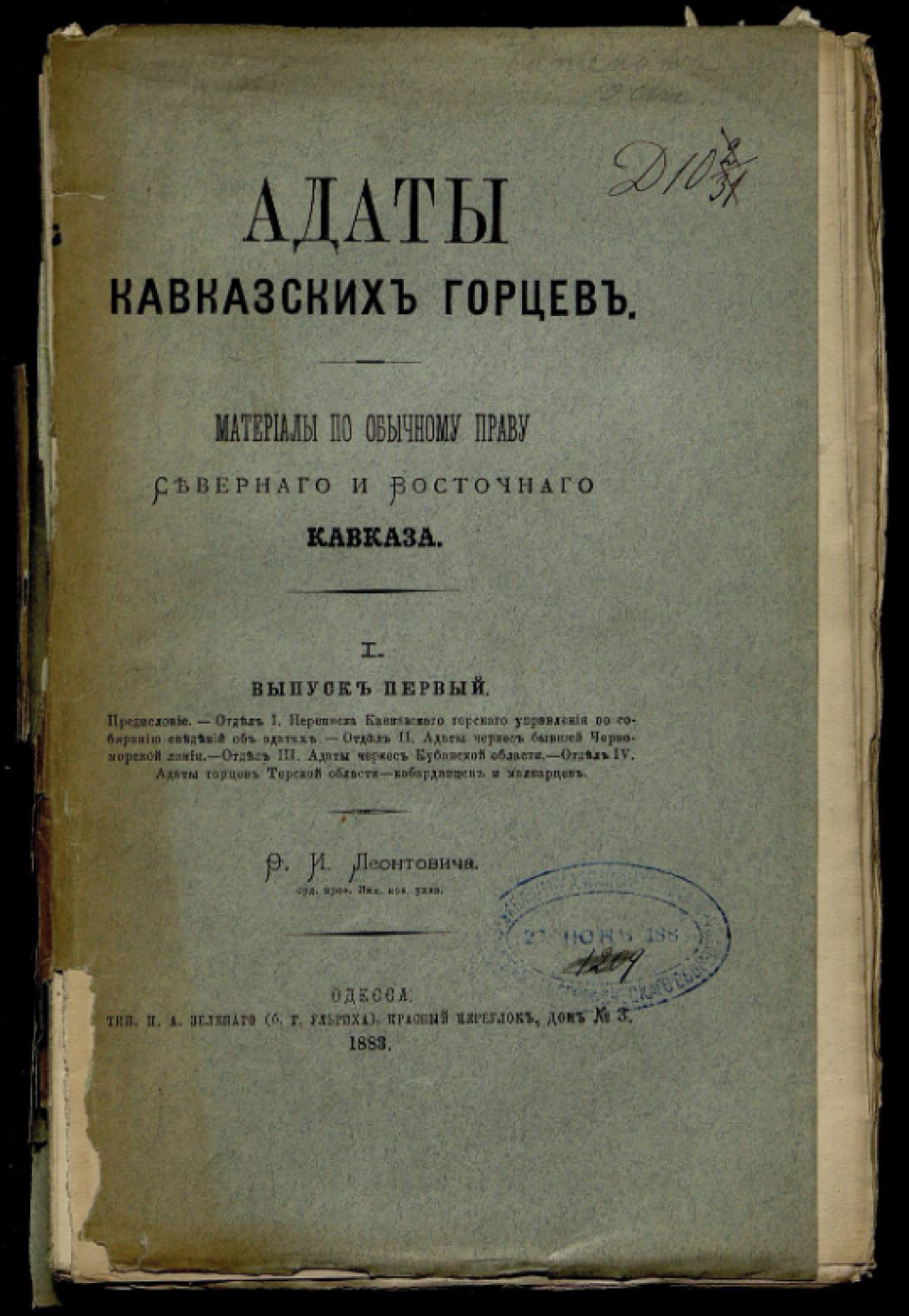Tomislav Z. Longinović is is Professor of Slavic, Comparative Literature and Visual Culture at the University of Wisconsin-Madison. He is the author, among other works, of Borderline Culture: The Politics of Identity in Four Twentieth Century Slavic Novels (Fayetteville: University of Arkansas Press, 1993) and Vampire Nation: Violence As Cultural Imaginary (Durham: Duke University Press, 2011).
This post derives from his eponymous 2024 article in Canadian Slavonic Papers.
Drawing on the theories of Sigmund Freud and Michel Foucault, I present ethnopornography as a manifestation of the Balkan region’s political unconscious, shaped by centuries of foreign domination and internal self-colonization. The blending of sex and violence in these cultural productions reflects the region’s unresolved traumas and its struggle to forge new nationalist imaginary in an array of post-Yugoslav mini-states.
In “Ethnic pornography in the Balkans: national identity between sex and violence,” I worked through the concept of ethnopornography, imagined as the discursive blending of sexuality and violence within a context of ethnic nationalism. The discourse of ethnopornography sways between the local Balkan articulations and the gaze of the global media “experts on the region,” which in turn contribute to the enforcement of the dominant paradigm for cultural analysis and form an epistemological paradigm revealing “dirty little secrets” proper to the subject under academic scrutiny.
Assuming the position of the dominant cultural analyst, the expert divulges the fantasy of Balkan ethnic formations as containers of abhorred passions already discussed by psychoanalysis, namely, through the blending of violence and sexuality, the realms of human activity that are usually kept under the surface of the acceptable. The imaginary cultural economy, or the cultural economy of the imaginary, particularly the nationalist one, is traversed by these fantasies, fundamental yet repressed, during times that are relatively peaceful for the nation in question. In times of war and conflict, they are desublimated as fundamental both in the practice of high culture and in the production of the popular one.
Ethnopornography as a theoretical concept was conceived during a 2007 symposium held at the University of Wisconsin-Madison, entitled “Sexuality, Violence and Cultural Imagination,” organized by Neil Whitehead and myself. It was certainly meant as a provocation for the existing forms of dominant academic approaches to the global peripheries, where the ethnographic gaze was inflected with a form of intellectual rectitude, while neglecting and ignoring the nomadic and dispersive forms of cultural expression characteristic of crisis situations. While National Geographic and The Discovery Channel were used as prime examples of the practice of ethnopornography by Neil, I only had to turn to the War of Yugoslav Succession (1991-1995) to find an abundance of specifically Balkan fantasies of violence and sexuality in a variety of cultural expressions. Starting with the blending of historical imagination with the way bodies are traversed by a myriad of desires, projected both by the observer and the observed, especially in acts of cultural production, the article identifies articulations of ethnopornography in usually unanticipated cultural locations.
Through four case studies from the former Yugoslavia and its cultural legacy, I interrogate both canonical and marginal forms of ethnopornographic imaginary, starting with Ivo Andrić as the major figure of high modernist literature of socialist Yugoslavia, and concluding with Marina Abramović, the epitome of global postmodernism in performance art. On the one hand, the article analyzes elite cultural production in literature and the arts, while on the other, it delves into popular and marginal cultural expressions, particularly those that emerge in times of crisis and conflict. The article concludes with an analysis of the relationship between the individual and the collective in the production of ethnopornographic imaginary, arguing that the latter is a product of both individual desires and collective traumas.
Ivo Andrić's The Bridge on the Drina is perhaps the most difficult case to analyze within the proposed theoretical framework, since the novel is the most well-known in the rest of the world, while its author is the 1961 Nobel laureate. The human body as the site of suffering at the hand of the Ottoman rulers of Bosnia is presented through the destiny of Radisav, a simple peasant who is sentenced to death by impalement. Reflecting the region's complex history of domination and submission, the author uses a detached style of narration to detail the gruesome, religiously inflected circumstances of the hero’s execution. The interplay of sadomasochistic imagery with the violent death of the peasant creates a high modernist form of ethnopornography within the accepted literary canon.
The analysis of a song from oral tradition, "Marko Kraljević and Džemo Brđanin," about the duel between a Serbian Orthodox and an Albanian Muslim hero provides a look back at the perennial cultural conflict through the lens of ethnopornography. Focusing on the homoerotic undertones of this epic struggle, the masculinity of the Balkan folk heroes is viewed from a different perspective than that of the high national literary canon. In other words, the folk song heroes and their glorious masculinity are involved in a sadomasochistic economy of domination and submission, characteristic of the national imaginary of the Balkan periphery, which manifests the region's repressed desires and anxieties related to sexuality and power.
In the segment devoted to the songs of Croatian nationalists during the Wars of Yugoslav Succession (1991-1995), I offer an analysis of violently charged lyrics related to the struggle with the rebellious Serbian minority in Croatia. These crude versions of the bećarac genre glorify sexual violence in an attempt to dehumanize the enemy, while also expressing a deep-seated fear of sexual violation. By blending the language of geopolitics and pornography, the collective author of these pieces parodies not just the Serbian enemy, but also the international community’s involvement in the solution to end the war. By naming the musicians involved in the making of the audio cassette the "UNPROFOR Big Band," the authors clearly invoke the name of the United Nations mission in the former Yugoslavia, while also displaying open racism by depicting monkeys wearing the traditional UN blue helmets. The prevalent imagery is again related to homosexual rape of the enemy, providing yet another manifestation of the repressed homoerotic structure of ethnic nationalism.
The last example discusses Marina Abramović's performance art piece "Balkan Erotic Epic" as a tongue-in-cheek discursive formation, embracing ethnopornography as an intersection between local forms of identity and the global media gaze at the Balkans. The reception of this performance piece largely focused on the issues of authenticity and cultural appropriation, while entirely missing its parodic aspect, which lays bare the limitations of both the external and internal forms of identity enforcement. This piece represents a critique of the region's traditional gender roles and the obsession with violence and sexuality of those who observe it as external political and cultural experts on the Balkan region.
In sum, my article represents an attempt to provide a novel framework for the study of South Slavic culture in particular and the Balkan one in general. Blending psychoanalysis and deconstruction, I have tried to provoke responses that will hopefully pave the way for a reevaluation of canonical readings of Slavic cultures in the Balkan region.



